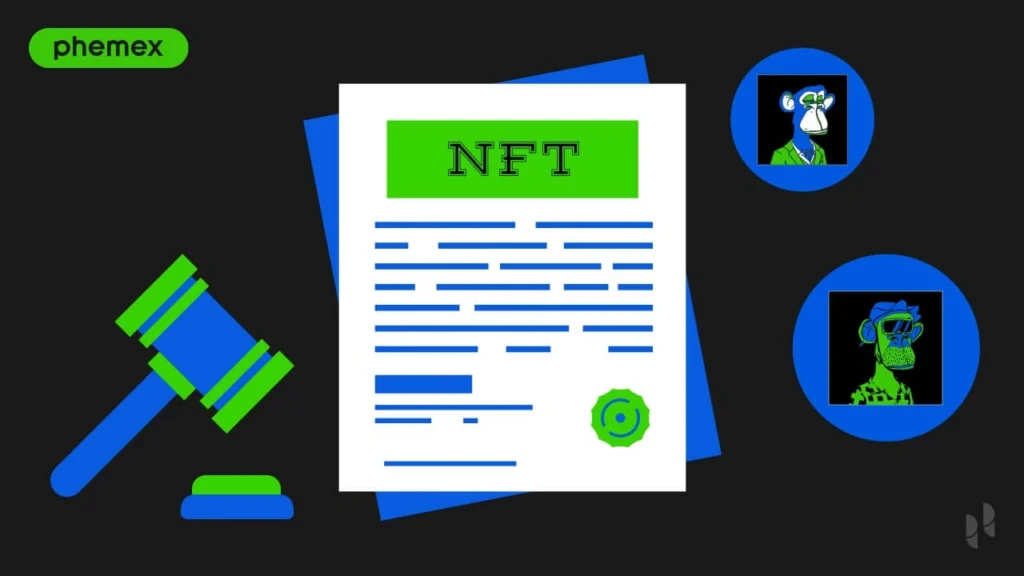What Is Whitelist? 6 Real-World Examples That Actually Matter
September 17, 2024

What Is Whitelist? 6 Real Examples That Actually Matter
Let’s be honest—what is whitelist sounds like one of those tech terms people pretend to understand but secretly Google later. You’re not alone. The concept shows up everywhere now: NFTs, emails, crypto, even your company Wi-Fi.
So here’s the deal: a whitelist is basically a permission slip. It’s a list of approved names, emails, IPs, apps, whatever—allowed to access something others can’t. Kinda like a digital guest list.
But not all whitelists are created equal. So instead of vague theory, let’s walk through six real-world examples of whitelists—what they’re for, why they matter, and how to (maybe) get your name on one.
1. NFT Whitelists – The VIP List for Digital Drops
In the world of Web3, whitelists are everything. If you’ve ever tried minting a hot NFT collection, you know what I mean. Projects often offer limited access to early supporters through a whitelist, letting them mint before the chaos of public release.
Why it matters: Early access = lower mint price, better chances, less stress.
How to get on: Follow the project, join their Discord, do the tasks—like retweeting or joining community events. Engagement is key.


2. Email Whitelists – The Anti-Spam Shortcut Whitelist
Your inbox has its own whitelist, whether you realize it or not. Email platforms use them to filter who makes it into your inbox vs. who ends up buried in spam.
Why it matters: If you’re running a business, being on someone’s email whitelist can massively boost open rates.
How to get on: Ask subscribers to mark you as a safe sender or add your address to their contacts. Simple, but overlooked.

3. Crypto Whitelists – Presale Access with Perks
Much like NFTs, crypto token launches use whitelists for early buyers. These folks often get better token pricing or guaranteed access before the general crowd piles in.
Why it matters: It can mean serious ROI—if the project’s legit, of course.
How to get on: Some ask for KYC, others require staking, referrals, or social activity. Always read the fine print.

4. IP Whitelists – Gatekeeping at the Tech Level
This one’s more behind-the-scenes. Developers and IT teams use IP whitelisting to lock down access to systems, servers, or apps. Only pre-approved IP addresses can get in.
Why it matters: It’s one of the cleanest ways to control digital access without needing complex logins.
How to get on: You’ll likely have to ask whoever manages the system—usually someone in IT. Bonus points for knowing your static IP.

5. App Whitelists – Security Meets Convenience
App stores and corporate systems use app whitelists to control what can be installed or run on a device. It’s a way to prevent malware without blocking productivity tools.
Why it matters: Businesses can keep employees safe and efficient.
How to get on: If you’re a dev, clean code and security compliance help. If you’re a user, file a request with your IT team.

6. Ad Whitelists – Safe Space for Brand Ads
Marketers use ad whitelists to make sure their ads only show on approved sites or content. It’s a way to avoid getting your brand next to… let’s say, questionable material.
Why it matters: Brand image, obviously. Nobody wants their product next to conspiracy videos or NSFW memes.
How to get on: If you’re a publisher or influencer, you’ll need to prove you’re a safe bet—clean content, strong audience, and clear metrics.
Final Take: What Is Whitelist, Really?
When people ask what is whitelist, the real answer depends on the context—but the vibe stays the same. It’s about trust, access, and keeping the chaos out.
Sometimes it’s a perk (like NFT drops), sometimes a safeguard (like email filters), and sometimes just a quiet tool making your tech run smoother. Whether you’re trying to join one or build one, it pays to understand how they work.
And hey, in a world full of gatekeeping, getting on the right list? It can actually open doors.
Relevant news: 5 Types of Whitelists (And How to Get On Them)

